This helpful guide will answer what is a Key Signature in music, provide examples of key signatures, and explain how to use them.
What is a Key Signature in Music?
A key signature is a visual symbol that is printed on a musical staff. It denotes the key to a piece of music. Accidentals (sharps & flats) are used to represent the key signatures. The sequence of sharps and flats mentioned in the key signature helps identify the key in the music.
- What Is A Key Signature In Music
- How to Read Key Signatures
- Examples of Key Signatures
- How Many Key Signatures Are There
- How Do You Find The Key Signature
- How To Find A Key Signature
- What Is A Key Signature Chart
- What Is A Major Key Signature
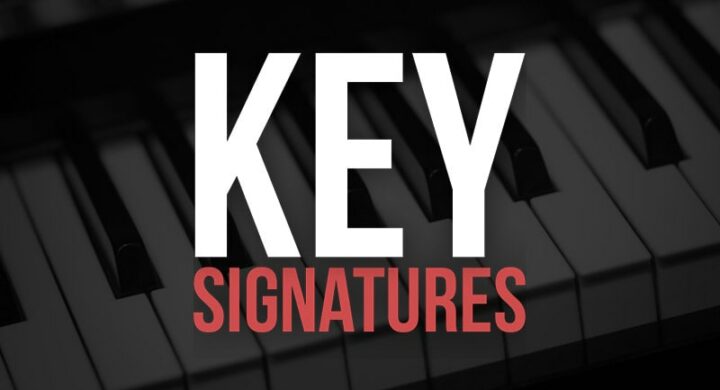
What Is A Key Signature In Music?
Key signatures are a collection of sharps and flats represented by visual symbols indicating the music’s key. The key signature lies between the clef and the time signature in a piece of music.
The key signature serves as a reminder to the performer of which sharps or flats are present in the piece’s scale (or key), preventing the composer or arranger from writing every sharp or flat from the scale every time it happens.
The key signature identifies the reader once playing where to play sharps and where to go with flats. If a song is being played in a particular key, then those notes will be either sharp or flat throughout the complete song or theme being played.
Rather than writing sharps or flats for each note as it appears in the music, the key’s sharps and flats are set at the start of the piece in the key signature. As he or she plays, the reader must remember to ‘sharp’ or ‘flat’ certain notes.
The flats and sharps in the key signature are dedicated to a specific sequence and always written in that particular order.
Flat’s Order: Bb, Eb, Ab, Db, Gb, Cb, Fb
Sharp’s Order: F#, C#, G#, D#, A#, E#, B#
The common thing in both flats and sharps is that the sharps and flats order is identical in a manner that one reverses the other.
As the player begins to memorize keys as any other musician should do, the orders make sense. As compared to others, the written music is a lot simpler and easier to understand.
Key signatures consist of sharps and flats that tell which notes should be raised or lowered to fit the key. A sharp or a flat is not in the key signature of C major, just as there is no flat or sharp in the C major scale.
The key signature is placed before the time signature at the beginning of every line of music in keys other than C major.
Significance of Key Signature
Key signatures are helpful since they may express a lot of information with only one symbol. A musician can easily know what the signature is trying to entail by looking at a key signature.
The player can extract a lot of meaningful information out of it as per the requirement. By the use of the key signature, the player is aware of:
- The key seven notes will be handy to carry out a consonant harmony.
- The consonants of the chords.
- The major and minor pitches are being pursued.
How to Read Key Signatures?
A key signature identifies the player which note you may play within the given key.
When looking at a 5-liner staff, if there are no flats and sharps, then it means that the seven available options in diatonic notes are C, D, E, F, G, A, and B.
It also signifies that the player is in the key of C major or A minor, as they are the only two keys with no flats or sharps. On the other hand, any sharps or flats indicate that you are in an entirely different key.
What Is An Example Of A Key Signature?
Every line of music has a key signature immediately next to the right of the clef, whereas the time signature is written on the beginning first line of music and is not altered until the time signature is changed. Every line of music begins with the clef and the key signature.
Usually, one to seven flats or sharps make up a key signature, and key signatures are always all sharps or flats.
The key is a half-step above the last sharp in the key signature. Major and minor keys can be specified in key signatures. Get the name of the major key and then count backward three half steps to find the name of the minor key.
How Many Key Signatures Are There?
There are altogether fifteen different key signatures required to identify 12 twelve distinct notes. The key signature indicates to the musician that the note should be performed differently in order to go with the key.
C is the key. The notes A, C, D, E, F, G, and B are major.
No sharps or flats can be found in C Major because it is the sole major key that does not include any sharps or flats. The signature key stays blank.
For better understanding, let us assume the “D Major” to better show key signatures. The notes D, E, F#, A, G, B, and C# make up the D major scale. F# and C# are the sharps in the key of D Major. The only major key with two sharps is this one.
How Do You Find The Key Signature?
To identify the signature, a key player needs to look at the sharp farthest to the right to identify the name of a key signature with sharps. The note is a half-step above the last sharp in the key signature.
Major and minor keys can be specified in key signatures. Get the name of the major key and then count backward three half steps to find the name of the minor key.
For a better understanding of the key signature, the circle of the fifths can also be used. Whenever there are flats or sharps at the beginning of your piece, it can be a key signature.
How Do You Find A Key Signature In Music?
When looking at a key signature, remember that the sharps and flats are read from left to right, even if they appear written in an up-and-down pattern.
When interpreting a sharp key signature, keep the following in mind;
- Look for the last sharp.
- Take a half-step forward.
This is the most important key for you.
F#, C#, and G# are the three sharps. G# is the last sharp. For flats, the method is a little different. For flat keys, reading from left to right, the flats are Bb, Eb, Ab, Db, and Gb. The second-to-last flat is Db.
The keys of C major (which contains no sharps or flats) and F major are the exceptions. The key signature of F major features only one flat – Bb, because there is no second-to-last flat when there is just one flat, this key must be memorized.
What Is A Key Signature Chart?
A key Signatures’ Chart is intended to assist you in quickly learning all of the key signatures. It’s written in an ascending series of sharps and flats. The key signatures must be remembered by all the artists.
You’ll rapidly understand its patterns as you study it, and you’ll find that it’s not quite as complex as it appears. The accidentals (sharps or flats) are shown in the right column: Each sharp (G-sharp, D-sharp, A-sharp) is a fifth higher than the previous one, while each flat (B-flat, E-flat, A-flat) is a fifth lower.
The sharps follow the circle of fifths in a clockwise direction, whereas the flats follow it in a counter-clockwise direction.
Many major keys use sharps, such as G major, D major, A major, E major, B major, and F-sharp major. Others use flats, including F major, B-flat major, E-flat major, A-flat major, D-flat major, and G-flat major.
Many minor keys use flats, such as D minor, G minor, C minor, F minor, B-flat minor, and E-flat minor. Others use sharps, such as E minor, B minor, F-sharp minor, C-sharp minor, and G-sharp minor. Importantly, C-sharp is not D-flat. These notes are enharmonic, but they are entirely different notes with different harmonic functions.
What Is A Major Key Signature?
The major signature keys comprise of
Sharps: F C G D A E B
Flats: B E A D G C F
The sharps are basically the reverse of flats. Flats and sharps can both be included in a key signature. Look at the second to last flat in a flat key signature to figure out what key it is. This is going to be crucial.
If the key signature has 3 flats, for example, (Bb, Eb, and Ab), the second-to-last flat is E-flat. E-flat major is the key.
F major is the lone exception, as it contains one flat.
Take the last sharp and move up one-half step and one letter name for sharp keys.
Consider the following scenario: If there are four sharps in the key signature (F#, C#, G#, D#), the last sharp is D#: go up one-half step, and one letter name to E- the key is E major.
Summary of Key Signatures
Key signatures are visual symbols printed on a musical staff. They indicate the key to a piece of music. Accidentals ( Sharps & Flats ) represent key signatures. By identifying the sequence of sharps and flats in the key signature, the player can identify the music’s key.
I hope you found this information on key signatures in music helpful.
If we missed anything, please share it in the comments.
Related: 8 Best Free Song Key Finder Websites


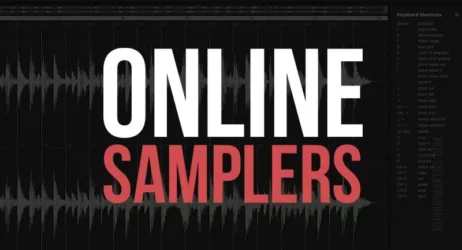
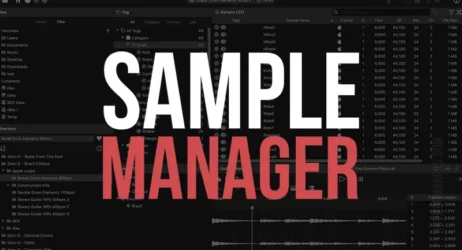
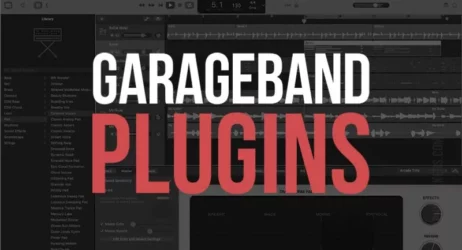
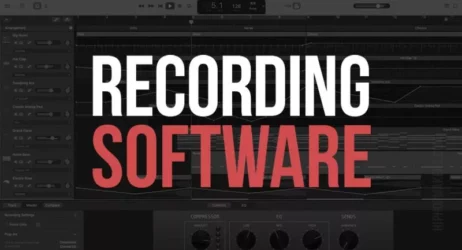
Very useful website. Thanks a lot. Thanks once again.